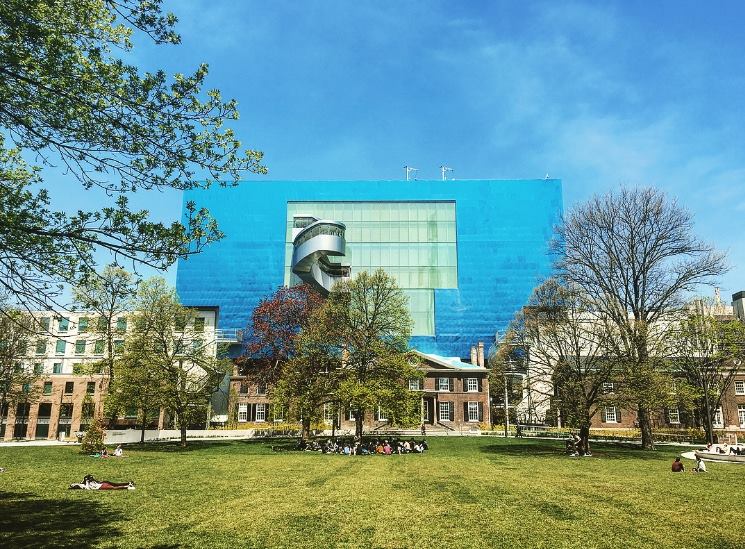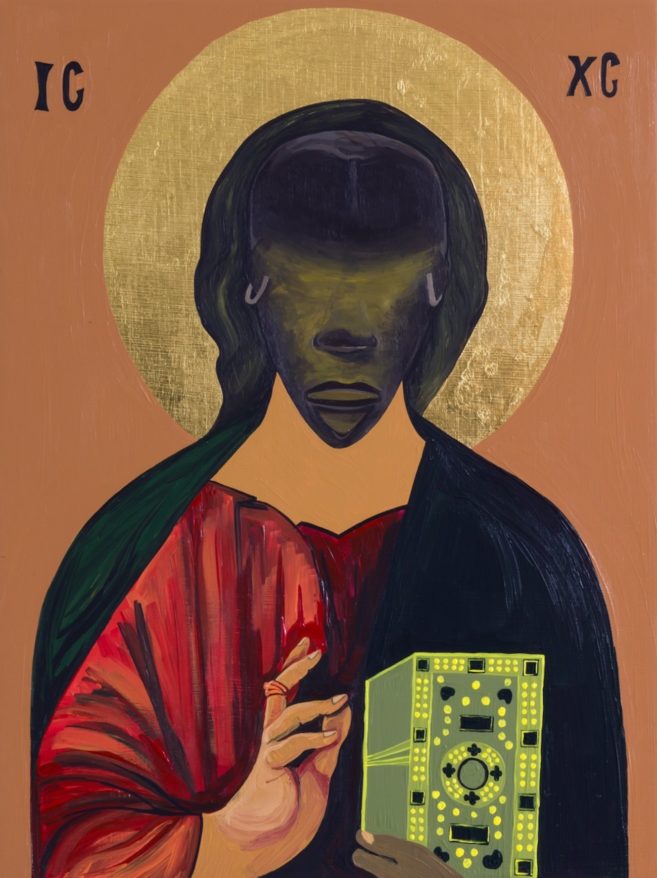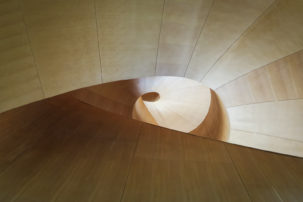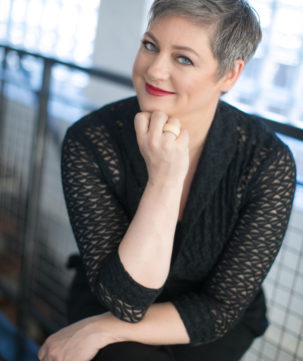According to the World Bank, Canada is one of the 25 richest countries in the world. But it is also a country, CBC reports, where 46% of people have said they are $200 or less away from financial insolvency at month’s end.
That adds up to many different problems—including ones at Canada’s largest art galleries and museums.
Most of the large museums and art galleries in Canada charge fees of $15 to $20 for general entry, and have often said they depend upon this income to fund operations.
At the same time, these kinds of admission fees create a barrier to entry and engagement—a barrier that counters most galleries’ mandates to help the public understand arts and culture.
This month, the Art Gallery of Ontario is launching a pilot program to see if it can do better on these fronts: increasing public engagement while also responding to the economic pressures many Canadians are facing.
Under the new program, anyone will be able to buy a $35 annual pass to the AGO. And admission for people under 25 will be free.

 A view of the Art Gallery of Ontario from Grange Park. Photo: Facebook / AGO.
A view of the Art Gallery of Ontario from Grange Park. Photo: Facebook / AGO.







